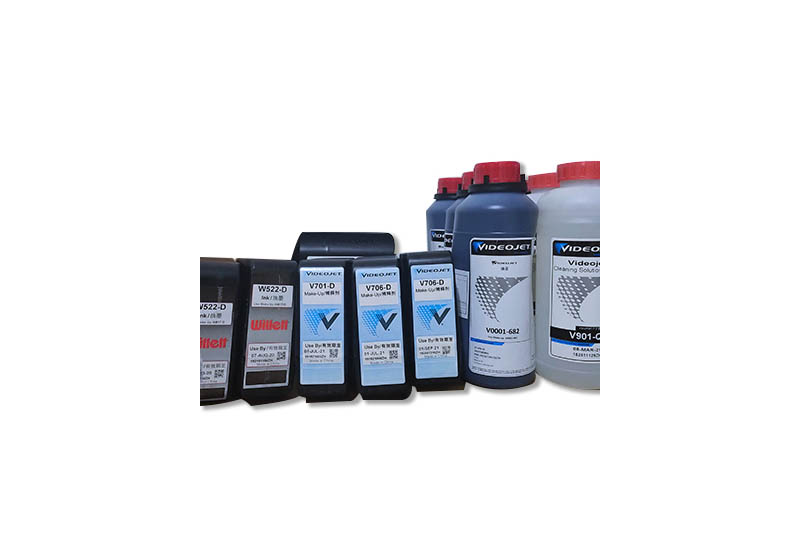As a kind of product marking equipment, inkjet printer plays a very important role. Almost all product marks can not be separated from the inkjet printer.. the production date and shelf life of ordinary food bags are printed by the inkjet printer.. inks are needed for inkjet printing. The quality of inks not only affects the stability of the inkjet printer, but also affects the safety of the environment. Next, Yuchang Xiaobian will lead you to understand the inks of the inkjet printer
First of all, inkjet printer ink mainly consists of:
Pigment: organic pigment, inorganic pigment, black, red, yellow, blue, green, etc.
2> Solvent: ketone group, alcohol group, etc.
3> Resin: increased adhesion.
4> Conductive agent: special for CIJ.

2、 Ink classification:
According to the key points of the machine: big ink, small ink, high-resolution ink, etc.
2> Through solvent fractionation: Based on ketone ink, alcohol ink, water-based ink, the ink mix group.
3、 Characteristics of various inks:
1> Water based ink: advantages: safety and environmental protection. Disadvantages: only applicable to absorbent materials, such as packaging paper and other materials.
Ketone based ink: advantages: fast drying (3 ≤ 5 seconds). Widely used in metal, plastic, ceramics, glass, wood and other materials, water absorbent materials and non water absorbent materials. Disadvantages: easy to block the nozzle, volatile.
3> Ink alcohol: advantages: safety, nozzle blockage, more environmental protection. Widely used materials, absorbent materials, and non absorbent materials, such as metals, plastics, ceramics, glass, wood, etc. Disadvantages: slow drying (10 to 15 seconds).
In addition, environmental protection ink, no chromium, lead and other heavy metals, no formaldehyde and so on.